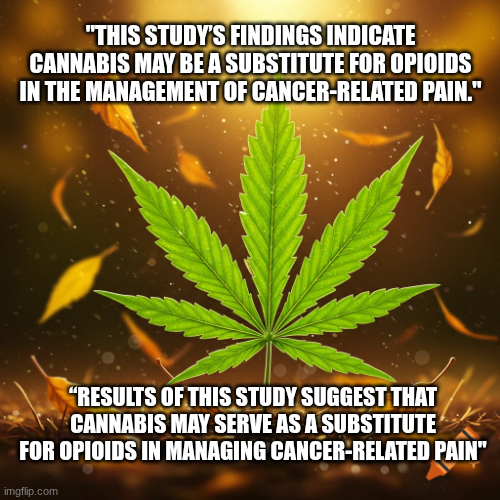
“The use of cannabidiol (CBD) as an adjuvant in the treatment of trigeminal neuralgia (TN) and postherpetic neuropathy has shown beneficial effects in patients refractory to conventional treatments.
This case study describes a 57-year-old patient diagnosed with TN in 2019, initially treated with low-power laser therapy and oxcarbazepine. In 2021, she developed vesicular-bullous lesions on the right side of the supraorbital region, accompanied by severe pain confirmed by positive serology for shingles. Following the diagnosis of postherpetic neuropathy, the drug dose was adjusted and combined with laser therapy. However, the pain remained significant and reduced quality of life.
In 2023, treatment was started with CannaMeds CBD Full Spectrum – 3000 mg/30 ml + CannaMeds CBG Isolate 1500 mg/30 ml. After 15 days, the patient appeared pain-free, allowing the laser to be discontinued and the drug dose to be reduced.
CBD is a treatment option for patients who do not respond to conventional treatments.”
https://pubmed.ncbi.nlm.nih.gov/41281696
“It is difficult to find an effective treatment for these conditions, because over time patients no longer respond to treatment. Therefore, the use of CBD and cannabigerol could be an adjuvant treatment option for patients who do not respond to conventional treatment for neuropathic pain.”
https://journals.lww.com/cocd/fulltext/2025/07000/use_of_cannabidiol_and_cannabigerol_in_the.10.aspx





